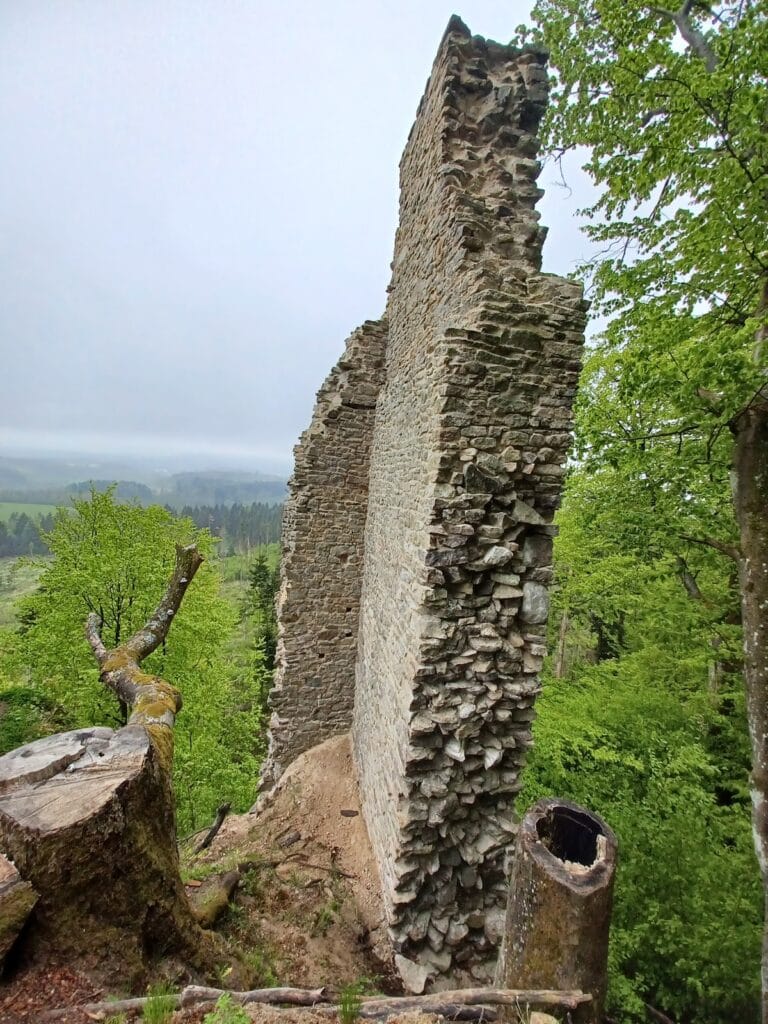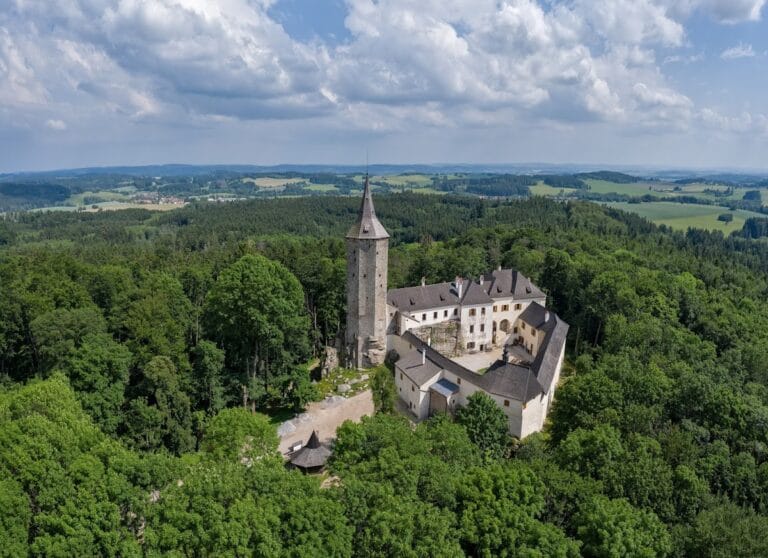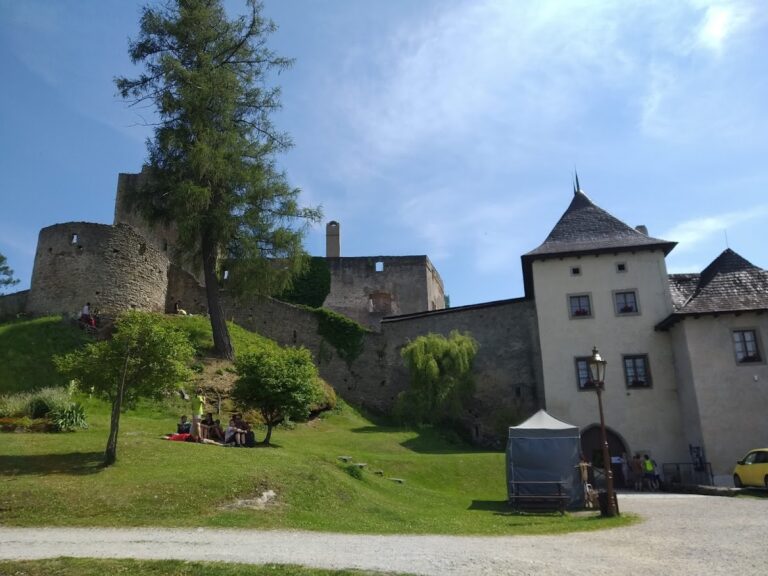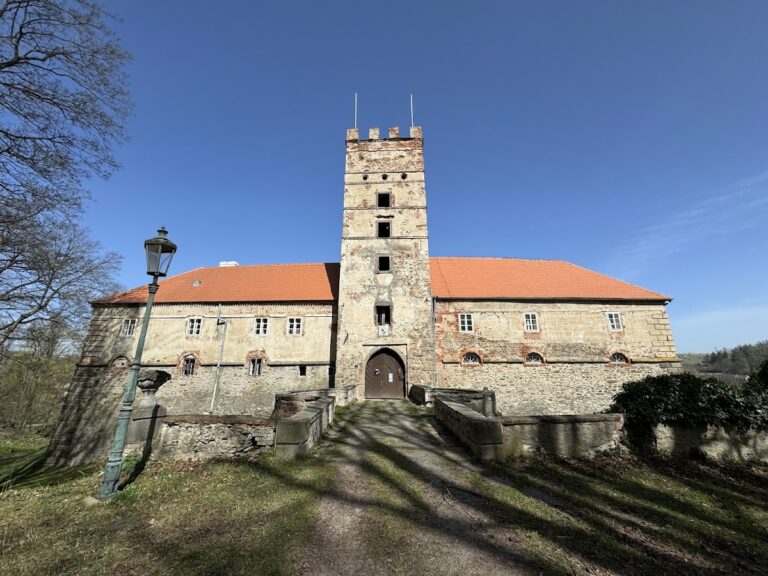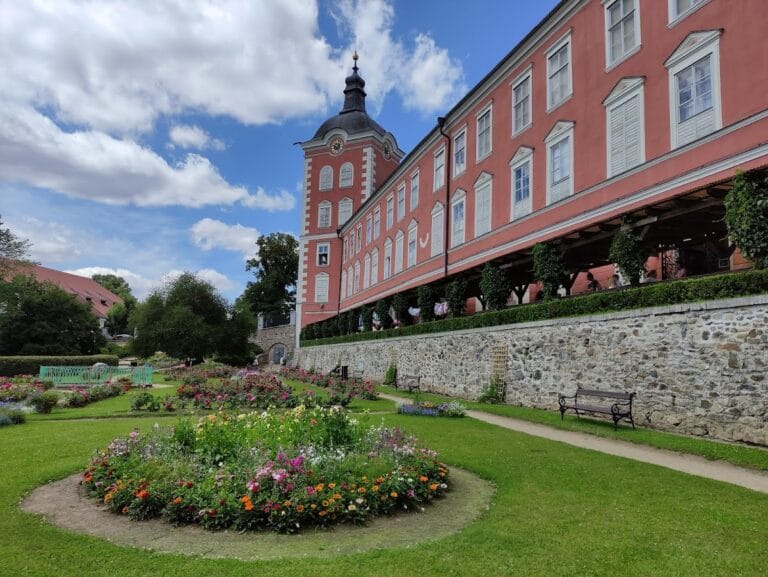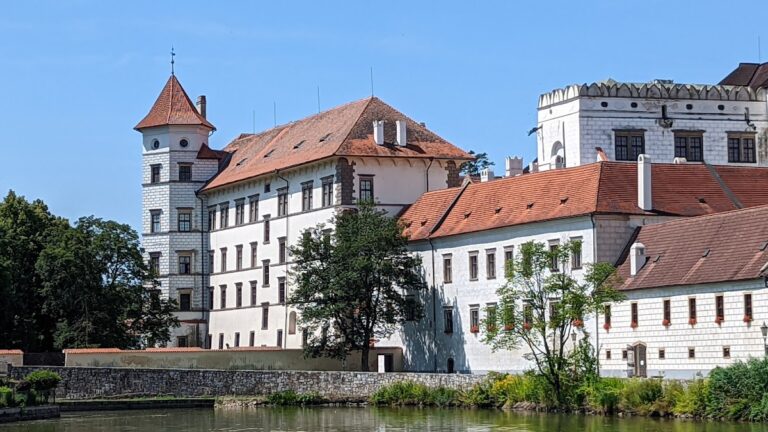Štamberk Castle: A Medieval Border Fortress in the Czech Republic
Visitor Information
Google Rating: 4.4
Popularity: Low
Google Maps: View on Google Maps
Official Website: turistickamapa.cz
Country: Czechia
Civilization: Medieval European
Remains: Military
History
Štamberk castle was built in the 1280s in what is today the municipality of Řásná in the Czech Republic. The fortress was established by Jaroslaw of Sternberg, a nobleman who served as the burgrave (castle governor) of Bítov and held the position of highest cup-bearer in the Kingdom of Bohemia. Its primary purpose was to serve as a border watchpoint on royal land, overseeing the surrounding area from a strategic hilltop location.
The first written record mentioning Štamberk dates back to 1356, when Štěpán of Březnice sold the castle to Heinrich II of Neuhaus. Throughout the late 14th and early 15th centuries, ownership of the castle shifted among several noble families, notably the Neuhaus and Kravař lineages. During this time, the castle estate included a number of villages and parts of nearby towns, indicating its importance as a local administrative center.
In 1423, amid the turbulent Hussite Wars, Štamberk met its destruction. Forces led by Jan Hvězda of Vícemilice attacked and demolished the castle, which was subsequently never rebuilt. This marked the end of its role as a defensive and administrative stronghold. Many centuries later, beginning in 2020, efforts began to stabilize the remaining structures and carry out archaeological research, including partial reconstruction of sections of the tower wall and the installation of a wooden shelter on the former courtyard area.
Remains
The ruins of Štamberk stand on the southern slope of the hill called Vrch, at an elevation of 695 meters above sea level. The castle remains occupy a hillside position offering wide views to the south, where, under good weather conditions, the peaks of the Lower Austrian Alps are visible. The site mainly consists of surviving fragments of stone walls, including a portion of the tower wall that was carefully stabilized and partially rebuilt during recent conservation work to prevent further deterioration.
The castle’s walls were originally part of a medieval fortress constructed largely from local stone materials, typical of 13th-century military architecture in the region. Today, the most prominent surviving feature is this tower wall segment, preserved in situ and carefully supported to maintain structural integrity. Archaeological investigations conducted between 2020 and 2023 uncovered details of the castle’s layout, while the former courtyard area has been marked by the erection of a wooden shelter designed to protect visitors and the site itself.
Štamberk’s ruins are officially protected as a cultural monument of the Czech Republic, safeguarding what remains of this historically significant medieval fortress. While much of the original complex has vanished, the surviving elements, combined with the panoramic location of the site, continue to offer a tangible connection to its past role as a border watch fortress during a turbulent period in Bohemian history.

